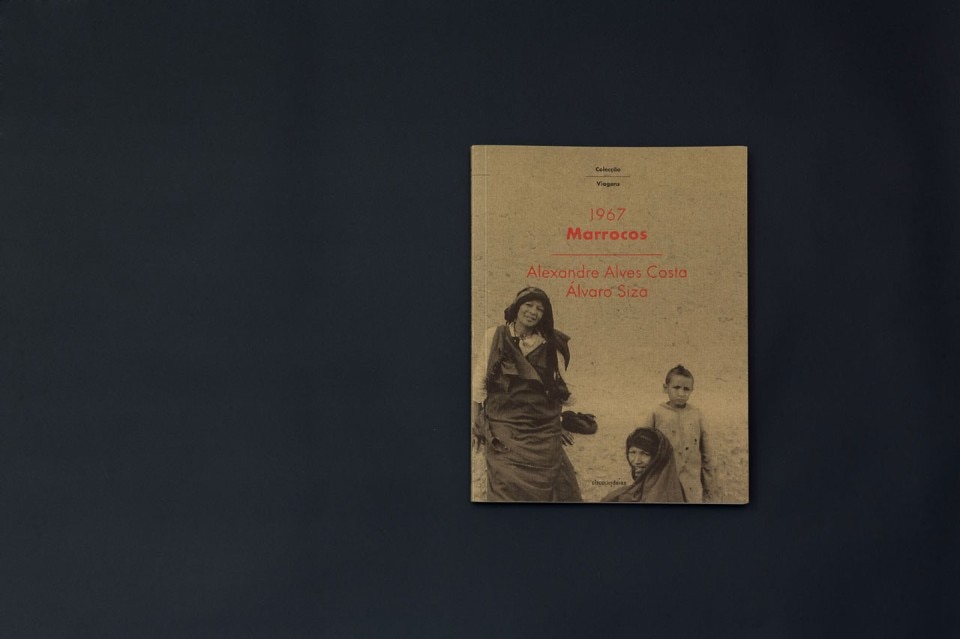The ferment in Portuguese architecture is currently being fuelled, in a transversal manner, by the work being developed by Circo de Ideias that seems to want to lay the foundations for a new kind of architectural thinking, aimed above all at a new generation of Portuguese architects. The young cultural association has decided to make architectural publishing its main field of interest.
Symbolically, the fact that it occupies a multi-functional space that is a cross between a bookshop, gallery and venue for debates in the Bouça district, designed by Álvaro Siza now over forty years ago, means that a deep and close connection can be established between different generations who meet up to discuss their chosen vocation, one that is often annihilated by economic crisis.
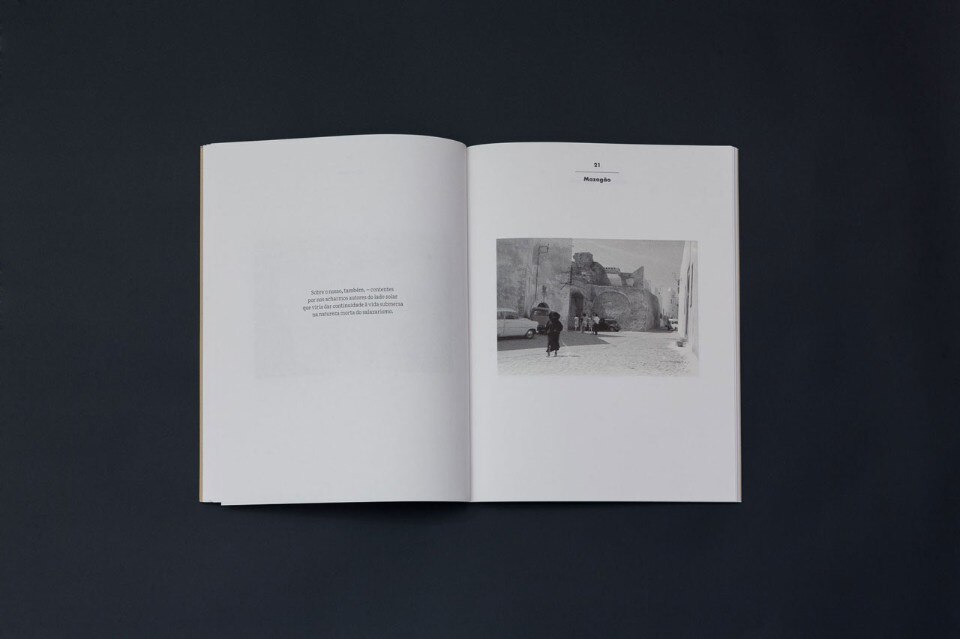
Among the various publications that make up the catalogue, the Viagens series brings together the travel experiences of some of most eminent figures in Portuguese architecture. The four titles that presently make up the series describe routes from Chandigarh to the Guinea-Bissau, from Macao to Morocco, accompanied by the visual and written (in Portuguese) recollections of the architects.
In this series, what emerges is the importance of the experience as a moment of knowledge. The authors who accompany the reader/spectator to these destinations are non other than travel companions on a journey able to define, through the imagination, the multiple identity of places.
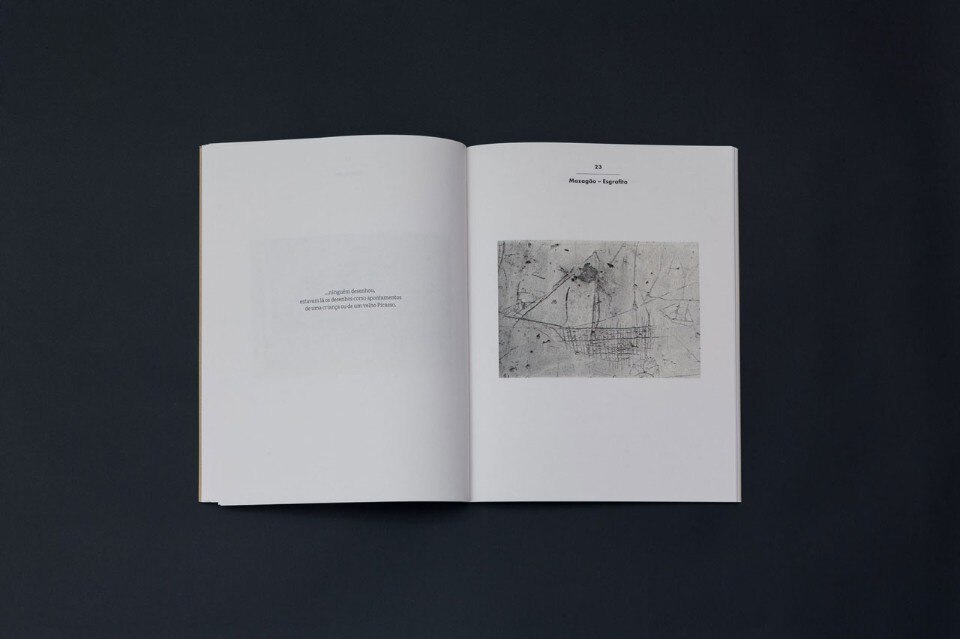
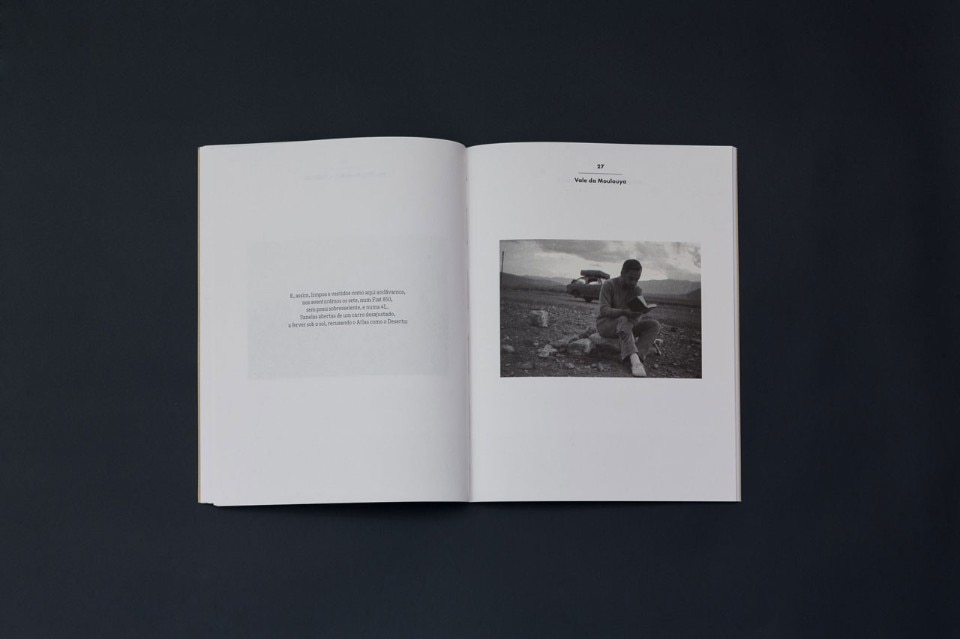
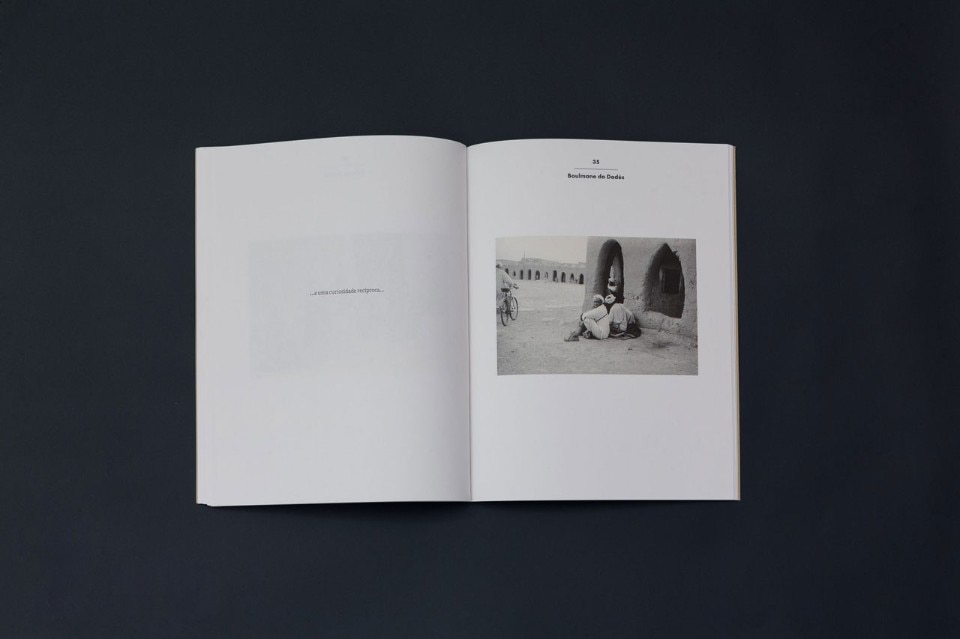
At first this trip could be associated simply with a desire for discovery, like the one made by Camille Douls and more in general the European explorers who in the 19th century embarked on a visual conquest of the African content starting with Morocco. Yet the words of recollection conveyed in the writings of Alexandre Alves Costa and Álvaro Siza, open up a more intimate and introspective interpretation, able to interpret this itinerary as the search for an exchange with a spatial and social context that is different but at the same time similar – already inscribed in a tradition of cultural ties and exchanges between continents.
As for the writer Elias Canetti, who undertook a journey to Marrakech the following year, Morocco enables the creation of a symbolic bridge between different cultures that is fused in the ambiguous portrayal of a temporality imprisoned in an uncertain moment compressed between past and present.
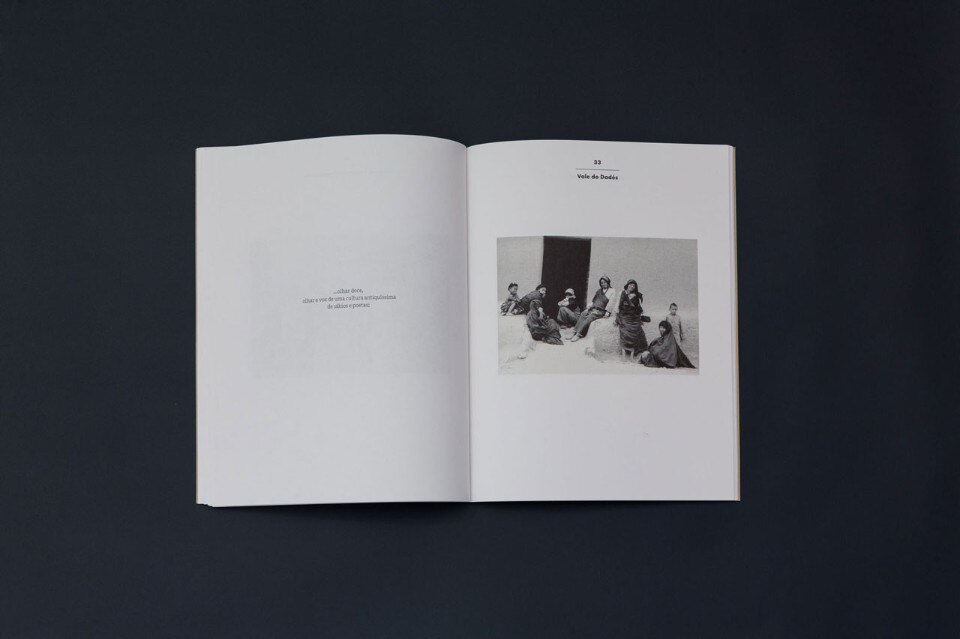
The sequence of images, mostly made by José Grade, are a partial recollection of the experience. Without dwelling on how photography is an important tool for visual memory during the course of travels, the value of these images is found in the possibility of rediscovering a need to weave together cultural relationships, a desire for communication.
Photographs do not restore a spatial analysis of the architectural magnificence of the medinas or the royal palaces encountered along the way, but by pursuing the imagination of the eye, become a tool for highlighting how places assume a particular character and identity thanks to the presence of man.
In conclusion this “travel notebook” offers a narration of territories both imagined and contained in the images in which the human component becomes central to its construction.


